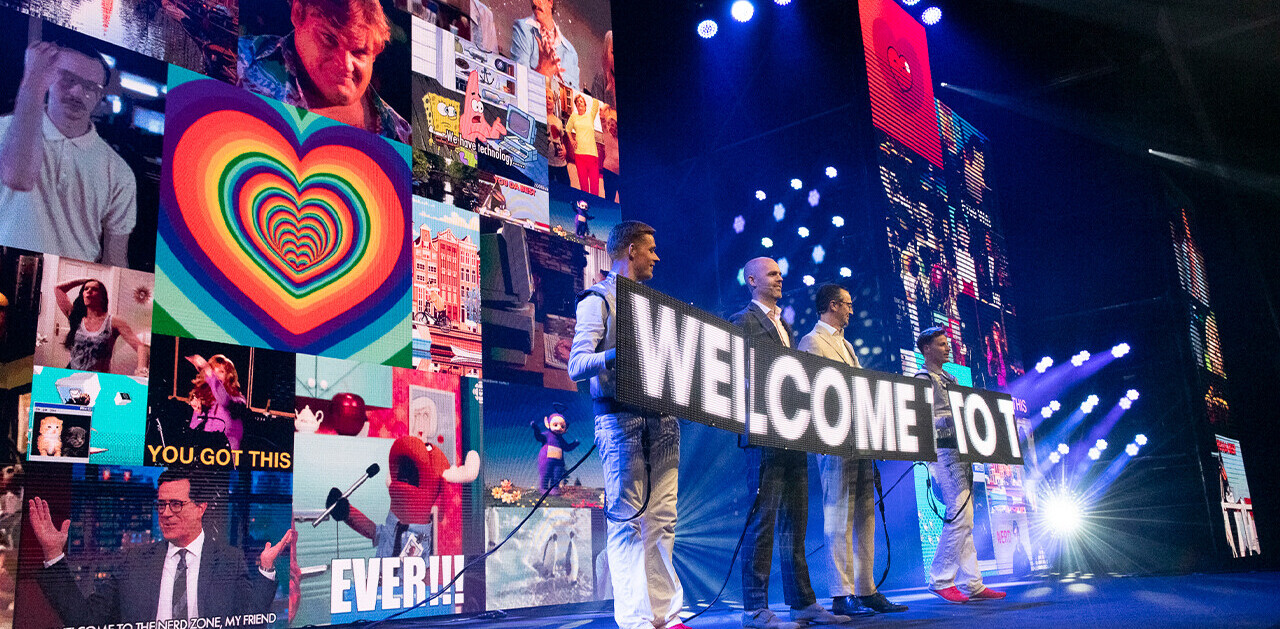My daughter approached me after dinner recently and asked for my help in building her personal profile for an app that all her friends are using — a music video creation app currently topping the trend charts. While contemplating what information to include or whether to use a few ‘made up’ details, I realized the dilemma that most parents face when thinking of a child’s presence online. This is where I wear two hats: I’m both a dad and a data scientist.
As a dad, it’s my job to both protect her from the digital world and teach her how to navigate it. As a data scientist, I work with data every single day and know well the reach of data-targeted advertising. So how should I guide my daughter into the online world? Knowing the risks of compromised data and ease of acquiring it, how can I help her safely join her adolescent peers on an otherwise harmless social app?
Balancing the privacy data seesaw
People may make concerted efforts to minimize both the information posted about themselves and the data given to companies. Unfortunately, it’s essentially inescapable — the reality is that in order to even marginally engage online, we need to relinquish some of our privacy. It’s basically impossible to live completely disconnected from the process of data accumulation when our lives revolve around the smartphones in our hands which receive and send signals constantly.
Yet, contrary to layperson opinion, the accumulation of data doesn’t necessarily mean the accumulation of our detailed personal information. In the world of online advertising, no one is looking for my daughter specifically. Her name, birthdate, and even location aren’t important to anyone as an individual, but rather as a way to allocate her to certain audiences.
Data scientists work with predicted audiences, groups of people, and trends. Audiences are valuable for advertisers to run more effective targeted campaigns, and for publishers to provide their audiences with relevant ads.
Laws and regulations are constantly changing and user privacy is at the forefront of the conversation, yet new technologies also allow for better data collection, analysis, and targeting capabilities. Even data scientists at media companies are at both ends of the conversation as the industry grapples to strike the delicate balance between user privacy and the value of user data.
Online is forever
When my daughter asked me to help her build the profile, I had to choose between forbidding her from using the internet (not really an option, is it?) or teaching her the consequences of having public profiles and posting personal content. In that moment, I realized I was more concerned with the content that she would be posting than the data that could be gathered from her usage of the app.
I used the opportunity to teach my daughter the concept of forever — the idea that every video, picture, and post would be out there, searchable and findable for the rest of our lives. What we post today can be taken out of context tomorrow, or used for a variety of nefarious purposes further down the line.
My daughter isn’t unique in her data points — she fits into a variety of demographic categories and her Advertising ID might make up part of a few different lists. What is unique, and what I stressed to her on that afternoon as both a data scientist and a dad, are the things that she posts and that identify her as a person.
Here are the most critical issues parents should be speaking to their children about. Following these rules won’t protect children completely, but they will create an awareness of the risks that exist online and begin the conversation about digital privacy and the online world.
1. Private conversations aren’t really private.
If you text or message someone, or even type a note to yourself on your personal device, be assured that the information may be used further down the line for analysis and user segmentation. The same goes for images… especially “selfies.”
2. Know your audience.
If you send a “private” picture to a friend, you may also be sending it to their cloud storage account. Depending on their privacy settings, the cloud account may be shared with their entire family as many people enable the automatic upload feature, instantly saving copies of everything they receive.
3. If you are signed-in, you are synced.
If you save something on your phone — like a preference or bookmark — it may be saved on all your devices. The same goes for sharing YouTube accounts, you will see the recommendations based on what everyone sharing the account has watched.
4. Follow.
Pay attention to who is following your social media accounts. Do you know them? How do you know they are who they say they are? Who are all these people liking your pictures and why are they doing so?

That being said, as a data scientist, I acknowledge that our future will continue to be digital and our perceptions of privacy will continue to evolve as we fully integrate into the many conveniences that world has to offer.
With both my hats on, I urge you to remind your children that it is the personal content, not necessarily personal data, that should be posted with the highest level of caution, education, and responsibility.
Get the TNW newsletter
Get the most important tech news in your inbox each week.






